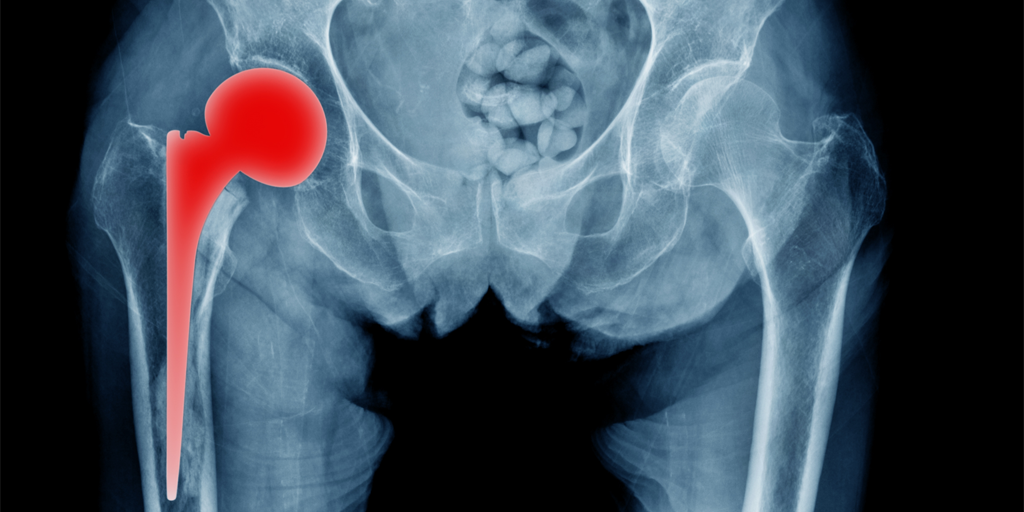 Products that prevent peripheral IV failures could be the next big thing in the market for vascular access adjunct products, a market opportunity valued at more than $600MM in the US alone, according to SmartTRAK estimates.
Products that prevent peripheral IV failures could be the next big thing in the market for vascular access adjunct products, a market opportunity valued at more than $600MM in the US alone, according to SmartTRAK estimates.
All eyes were on the high failure rate of peripheral IVs at the Association of Vascular Access (AVA) 2018 Annual Scientific Meeting, with speakers highlighting the 2015 article by Helm et al. “Accepted but Unacceptable: Peripheral IV Catheter Failure,” which estimates a PIV failure rate of 35% to 50% primarily caused by phlebitis, infiltration, occlusion/mechanical failure, dislodgment and infection. Failure is defined as the removal of the catheter prior to the end of its intended life or before the 72 to 96 hours previously used as a guideline. And with up to 90% of all hospitalized patients receiving a PIV, it is a standard but often overlooked procedure in the hospital.
The primary emphasis over the last 10 to 15 years has been the reduction of catheter-related bloodstream infections (CRBSIs) associated with central line catheters. Driving this focus has been CMS reimbursement penalties for hospital acquired central line bloodstream infections (CLABSIs). This new focus on PIVs could be exciting for manufacturers, especially those with adjunct vascular access products. Clinicians insert approximately 250 million PIVs every year in the US (assuming a 25% failure rate on first insertion), a market that is 25 times larger than the US market for central line catheters...
In a presentation at AVA, Russell Nassof, JD, urged clinicians to take a close look at clinical practice guidelines in their facility to ensure their protocols are current and reflect best practice. This recommendation opens the door for clinicians to challenge current practice and implement new protocols and products that improve patient care and reduce PIV failures.
While these numbers reflect a troubling trend, is there a silver lining?
Susan Paquette, VP of Wound, explores what’s next for peripheral IVs, estimating that products that prevent peripheral IV failure represent a market opportunity valued at more than $600MM in the US alone. What’s next in the space and who should you watch out for? SmartTRAK has you covered.
Download and read your complimentary Market Outlook: Preventing Peripheral IV Failure: The Next Big Thing in Vascular Access Adjunct Products.







